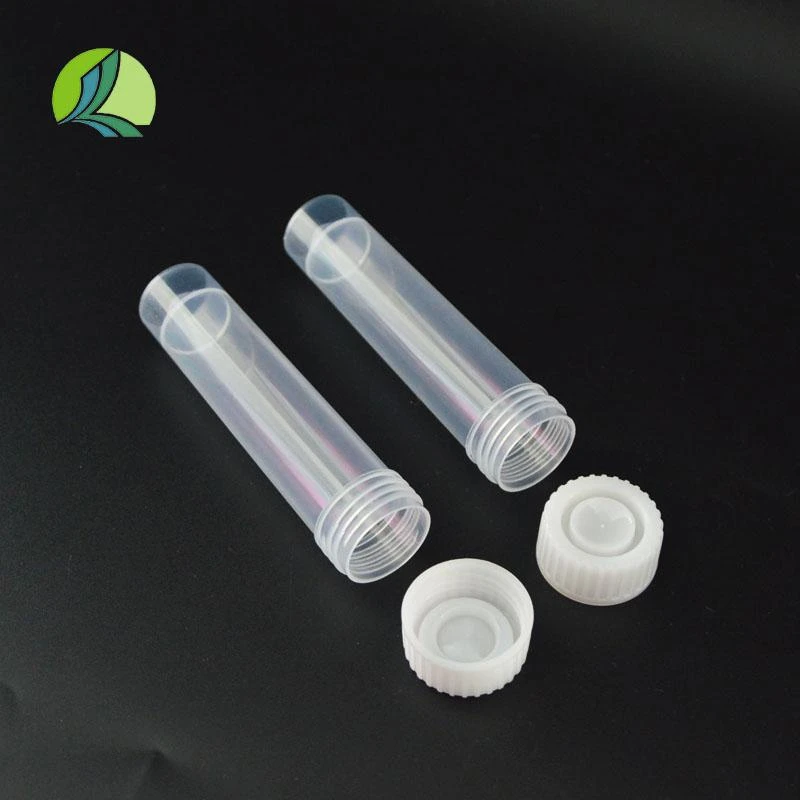Innovative Designs for Sustainable HDPE Bottle Solutions and Recycling Methods
The Design and Impact of HDPE Bottles
High-Density Polyethylene (HDPE) is one of the most widely used plastics in the world, known for its strength, durability, and resistance to a variety of chemicals. When considering the design of HDPE bottles, several factors come into play, including functionality, environmental sustainability, and aesthetic appeal. This article will explore the design principles behind HDPE bottles, their applications, and the growing trend towards sustainability in the plastic industry.
Understanding HDPE
HDPE is generated from petroleum and is recognized for its high tensile strength and low-density properties. It is lightweight, which contributes to reduced transportation costs, and it is resistant to impact, making it an excellent choice for packaging applications. HDPE is also recyclable, which is a crucial factor given today’s heightened awareness of environmental challenges.
Key Design Features
1. Shape and Ergonomics The shape of an HDPE bottle is designed for ergonomic ease. Bottles are often contoured for a comfortable grip, and their lightweight nature allows for easy handling. Many designs include an elongated neck for easy pouring and dispensing, which improves user experience.
2. Opacity and Clarity HDPE bottles are typically opaque, which helps protect the contents from UV light, prolonging shelf life for products such as milk and juice. The opacity also aids in brand marketing, allowing companies to use color and branding elements effectively without worrying about the visibility of the contained product.
3. Sealing and Closure Systems A critical element of HDPE bottle design is the sealing mechanism. Bottles are often fitted with screw tops or flip caps that provide secure closure while allowing for easy access. Recent advancements include tamper-evident designs that enhance safety, particularly for food and pharmaceutical products.
4. Labeling and Branding The surface of HDPE bottles allows for a variety of branding techniques. Labels can be applied using digital printing, screen printing, or shrink sleeve systems. Effective branding on bottles can significantly influence consumer purchasing decisions, making this aspect of design crucial.
Sustainable Design Innovations
hdpe bottle design

As environmental concerns have grown, the design of HDPE bottles has undergone transformations aimed at sustainability. The following innovations showcase how the industry is addressing ecological issues
1. Recyclability HDPE is easily recyclable; however, the recent trend is to create bottles from recycled HDPE (rHDPE). Brands are increasingly using recycled materials in their new bottles, reducing the demand for virgin plastic and lowering their carbon footprint.
2. Lightweighting The practice of reducing the amount of plastic used in bottle production—known as lightweighting—has gained traction. By minimizing material usage without compromising strength and functionality, companies can reduce production costs and lessen environmental impact.
3. Biodegradable Options Some manufacturers are experimenting with additives that can make HDPE more biodegradable, aiming to address the long-term waste issues related to plastic. While still in the experimental stages, advancements in this area could offer long-term solutions to plastic pollution.
Challenges and Future Directions
Despite the advantages of HDPE bottles, challenges remain. The plastic pollution crisis continues to escalate, and consumer backlash against single-use plastics poses a threat to the industry. Therefore, the future of HDPE bottle design must prioritize sustainability. The industry is likely to see a stronger push for innovation, such as increased use of alternative materials and enhanced recycling programs.
Additionally, education plays a crucial role in encouraging consumers to recycle plastic properly. Companies can collaborate with waste management organizations to ensure their products are disposed of correctly, thereby promoting a circular economy.
Conclusion
In summary, the design of HDPE bottles involves a multifaceted approach that balances functionality, user experience, and sustainability. As environmental concerns grow, the industry must adapt and innovate to align with sustainable practices. By focusing on recycling, lightweight designs, and consumer education, HDPE bottles can evolve into a model for sustainable packaging in the modern world. As we look to the future, it is clear that the design of these everyday items will play a vital role in shaping a more sustainable planet.
-
Aesthetic Makeup Spray Bottles | Fine Mist Empty RefillableNewsAug.19,2025
-
White Plastic Veterinary Vaccine Vials | Lab Liquid BottlesNewsAug.18,2025
-
Plastic Medicine Liquid Bottle: Secure Flip Top Drug VialsNewsAug.17,2025
-
Durable 250ml Blue Plastic Vaccine Vial for Lab & Vet UseNewsAug.16,2025
-
Sterile Virus Sample Tubes: Secure & Reliable Specimen CollectionNewsAug.15,2025
-
White 250ml Plastic Vaccine Vial for Lab & Vet MedicineNewsAug.14,2025
























